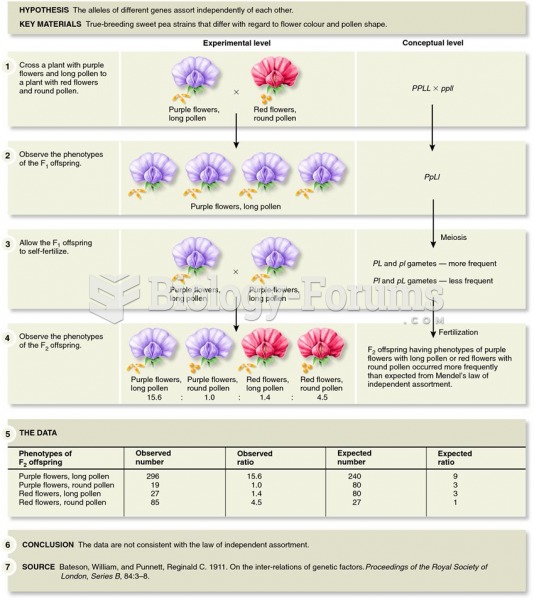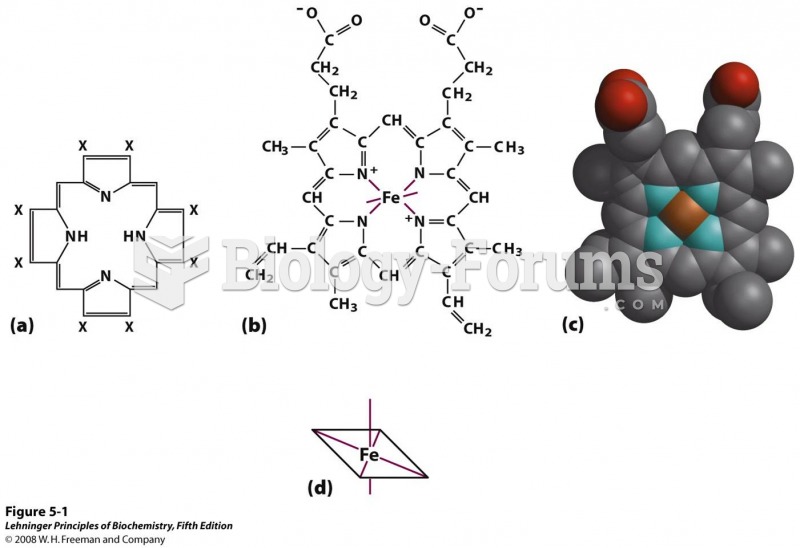Answer to Question 1
Groupthink is a strong tendency for decision-making groups to close ranks around a decision, to assume that the group can't be wrong, with pressure for all members to support the decision strongly and to reject any information contrary to the decision. Research indicates that once groupthink develops, groups become unwilling to change their decisions, even when initial outcomes suggest that those decisions were very poor ones. Groupthink occurs due to two factors. One of these is a very high level of cohesiveness among group members and the fact that supportive group members in the leader's inner circle exert a disproportional impact on the ultimate decision making. The second is emergent group normsnorms suggesting that the group is infallible and morally superior, and because of these factors, there should be no further discussion of the issues at hand: the decision has been made, and the only valid response is to support it as strongly as possible.
Answer to Question 2
First, distributive justice involves the outcomes we and others receive. This type of justice, in the form of the equity rule, stipulates that available rewards should be divided among group members in accordance with their contributions. Next, procedural justice involves the fairness of procedures through which rewards have been distributed. We base our judgments about it on factors such as: (1) the extent to which the procedures are applied in the same manner to all people, (2) the opportunities for correcting any errors in distribution, and (3) decision makers avoiding being influenced by their own self-interest. Finally, we also judge fairness in terms of the way information about outcomes and procedures is given to us, which is known as transactional justice. This involves the extent to which we are given clear and rational reasons for why rewards were divided as they were.







